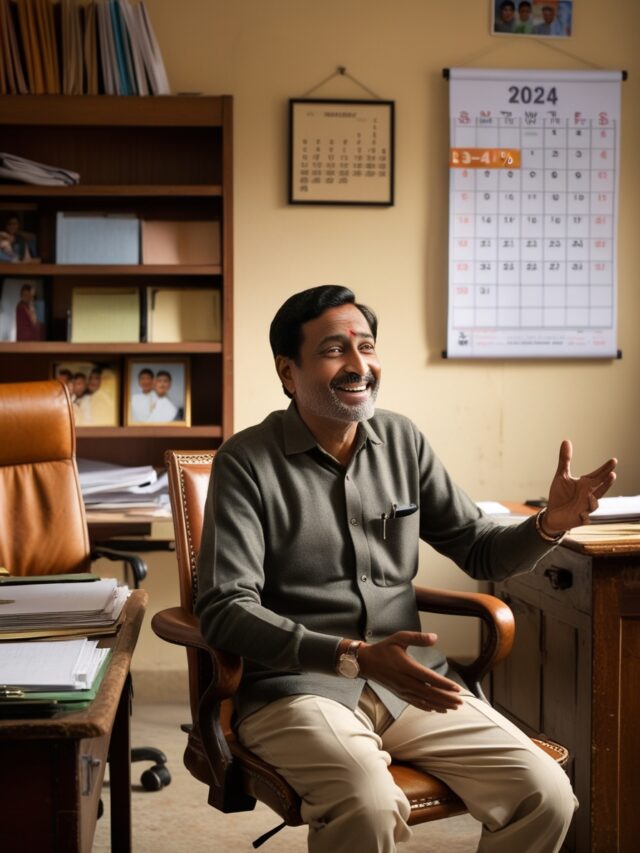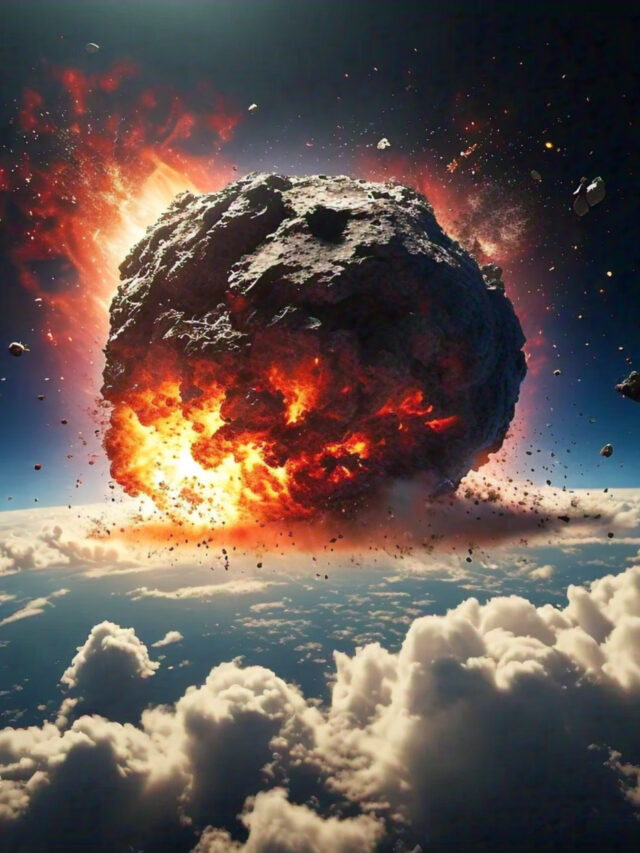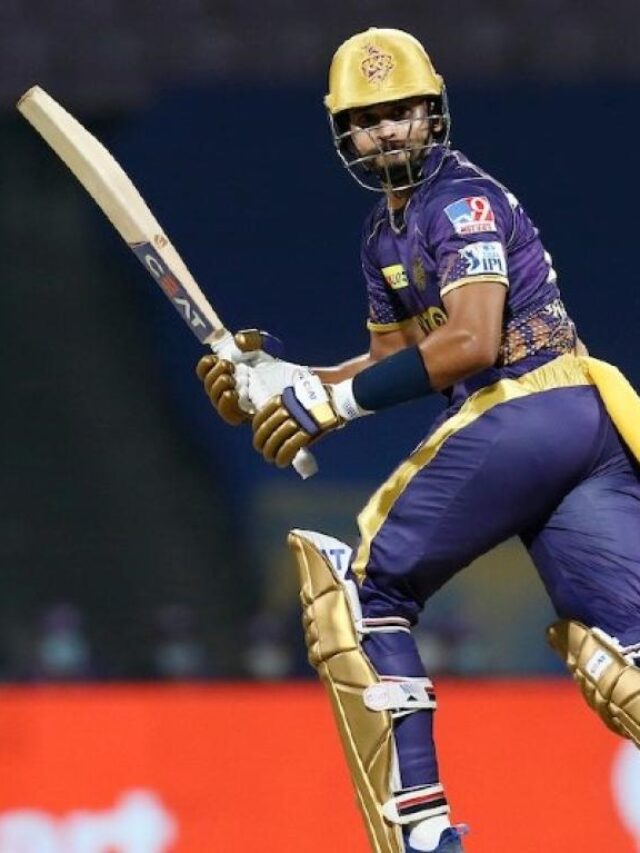
The Rights and Liabilities of the Government GK MCQs With Answer & Explanation in English article explores key concepts regarding the legal rights and responsibilities of the government in India.
Through multiple-choice questions, readers can test their knowledge on this crucial topic, and each answer is accompanied by detailed explanations to enhance understanding. This article is an ideal resource for students and aspirants preparing for competitive exams, offering a thorough overview of the government’s rights and liabilities.
1. Which Article of the Constitution deals with the property, contracts, rights, liabilities, obligations, and suits of the Union and the states?
- Articles 264 to 284
- Articles 294 to 300
- Articles 314 to 335
- Articles 360 to 375
Show Answer
Answer: Articles 294 to 300
Articles 294 to 300 in Part XII of the Constitution of India govern various aspects related to the property, contracts, rights, liabilities, obligations, and suits of the Union and the states in India. These provisions delineate the distribution of property and responsibilities between the Union government and the state governments.
2. In which of the following cases does the property accrue to the government as there is no rightful owner?
- Escheat
- Lapse
- Bona vacantia
- All of the above
Show Answer
Answer: All of the above
In certain instances, property accrues to the government when there is no rightful owner or claimant. These situations include cases of escheat (when a person dies intestate without any heirs), lapse (when rights terminate due to disuse or the failure to follow appropriate procedures), or bona vacantia (property found without an owner). In such cases, the government assumes ownership or control of the property.
3. All lands, minerals, and other things of value under the waters of the ocean within the territorial waters of India, the continental shelf of India, and the exclusive economic zone of India vest with which of the following?
- Union
- State
- President
- Prime Minister
Show Answer
Answer: Union
Regarding the ownership of land, minerals, and other valuable resources beneath the waters of the ocean within the territorial waters of India, the continental shelf of India, and the exclusive economic zone of India, these vest in the Union government and not the individual states. This ensures that these valuable resources are under central jurisdiction.
4. India’s exclusive economic zone extends up to how many nautical miles?
- 12
- 100
- 200
- 250
Show Answer
Answer: 200
India’s exclusive economic zone extends up to 200 nautical miles from its coastal baseline. This zone grants India certain sovereign rights over natural resources and other economic activities within this region
5. Which article of the Constitution of India deals with the suits by or against the Government in India?
- Article 250
- Article 270
- Article 300
- Article 310
Show Answer
Answer: Article 300
Article 300 of the Constitution of India deals with suits involving the government. It stipulates that the Government of India can sue or be sued by the name of the Union of India, while a state government can sue or be sued by the name of that specific state. This article establishes the legal framework for legal proceedings involving the government at both the Union and state levels.
6. In which of the following cases was the distinction between the sovereign and non-sovereign functions of the Government in India and the immunity of the government in respect of its sovereign functions established?
- S.R. Bommai case
- P and O Steam Navigation Company case
- Keshavananda Bharati case
- Minerva Mills Case
Show Answer
Answer: P and O Steam Navigation Company case
In the famous P and O Steam Navigation Company case of 1861, the distinction between the sovereign and non-sovereign functions of the Government of India and the immunity of the government in respect of its sovereign functions was established.
7. In which of the following cases did the Supreme Court criticise the doctrine of sovereign immunity of the State?
- P and O Steam Navigation Company case
- Kasturilal case
- Nagendra Rao Case
- None of the above
Show Answer
Answer: Nagendra Rao Case
The Supreme Court of India criticised the doctrine of sovereign immunity of the State and adopted a liberal approach with respect to the tortious liability of the State in the Nagendra Rao Case of 1994.
8. Which act states that ‘no judge, magistrate, justice of peace, collector, or other person acting judicially shall be liable to be sued in any civil court for any act done by him in the discharge of his official duty’?
- Judicial Officers Protection Act (1850)
- Judicial Officers Protection Act (1860)
- Judicial Officers Protection Act (1870)
- Judicial Officers Protection Act (1880)
Show Answer
Answer: Judicial Officers Protection Act (1850)
The Judicial Officers Protection Act of 1850 provides protection to judicial officers, stating that no judge, magistrate, justice of the peace, collector, or other person acting judicially shall be liable to be sued in any civil court for any act done by them in the discharge of their official duties. This act is essential in safeguarding the independence and decision-making authority of judicial officers.
9. How many months of advance notice is given for civil proceedings against civil servants for anything done in their official capacity?
- 1 month
- 2 months
- 3 months
- 4 months
Show Answer
Answer: 2 months
In India, civil proceedings can be initiated against civil servants for actions taken in their official capacity. However, a key requirement is providing a two months’ advance notice to them before initiating such proceedings. This notice period allows the concerned civil servants to prepare and respond to the allegations. Notably, this notice is not required when actions are to be brought against civil servants for activities conducted outside the scope of their official duties, enhancing accountability in such cases.
10. What is the maximum term for which a person can hold the office of the President of India?
- 5 years
- 6 years
- 4 years
- 7 years
Show Answer
Answer: 5 years
According to Article 56 of the Indian Constitution, the President of India can hold office for a term of 5 years, which can be renewed for another term.







